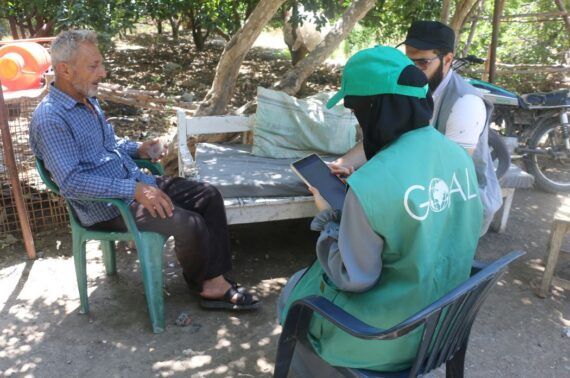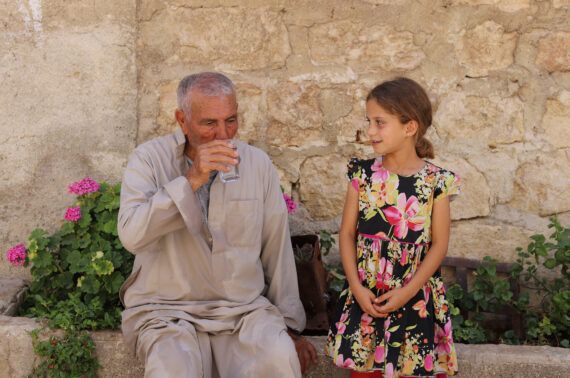Fourteen years since conflict erupted, Syria remains one of the world’s most protracted and complex humanitarian crises. An estimated 16.5 million people need humanitarian assistance.i Syria also remains the largest displacement crisis globally, with over 7.4 million internally displaced people (IDPs) and over 4.4 million refugees hosted in neighbouring countries, including Türkiye, Lebanon, Jordan, Iraq, and Egypt.ii
The crisis has been compounded by climate shocks and the devastating February 2023 earthquakes, which further eroded basic infrastructure. The fall of the Assad regime in late 2024 has led to a rise in returns: more than 1.2 million Syrian individuals have crossed back to Syria from neighbouring countries, with over 1.9 million IDPs returning to their homes, including more than one million departing from IDP sites in the north of the country. Around seven million remain displaced inside Syriaiii. Many displaced families are coming back to destroyed homes and fragile systems, underscoring the ongoing need for humanitarian support. Based on assessmentiv done in May 2025, the findings reveal severe lack of livelihoods, shelter, and essential services such as water and healthcare.v
GOAL has worked in Syria since 2012 and is a leading humanitarian actor. Programmes focus on emergency response, food security, water, sanitation and hygiene (WASH), shelter, and nutrition.
Key Achievements
- GOAL has been one of the leading humanitarian agencies in Syria since 2012, particularly in food security and WASH programming.
- GOAL was one of the pioneering organizations that started using CVA for nutrition outcomes since 2022 and played an integral role at developing the operational guidance on using CVA for nutrition outcomes based on experience and technical knowledge. GOAL has supported approximately 620,000 people with food and nutrition security during 2025.
- GOAL is also one of the leading agencies that created an internal referral system for nutritionally vulnerable individuals to receive cash voucher food security assistance.
- With the support of GOAL’s nutrition partners, over 2,000 children and women were treated for acute malnutrition in 2024.
- In 2025, GOAL improved access to safe water for more than 1.1 million people by supporting water stations and repairing infrastructure.
- 19% of people GOAL reached with humanitarian aid assistance in Syria in 2024 were under five years old.
Our story in numbers
2012
GOAL Syria begins
€82.6M
Programme expenditure in 2024
403
Staff Programme Staff (as at Nov 2025)
2.8M
People reached in 2024
Stories from Syria
Our work in Syria is supported by:




